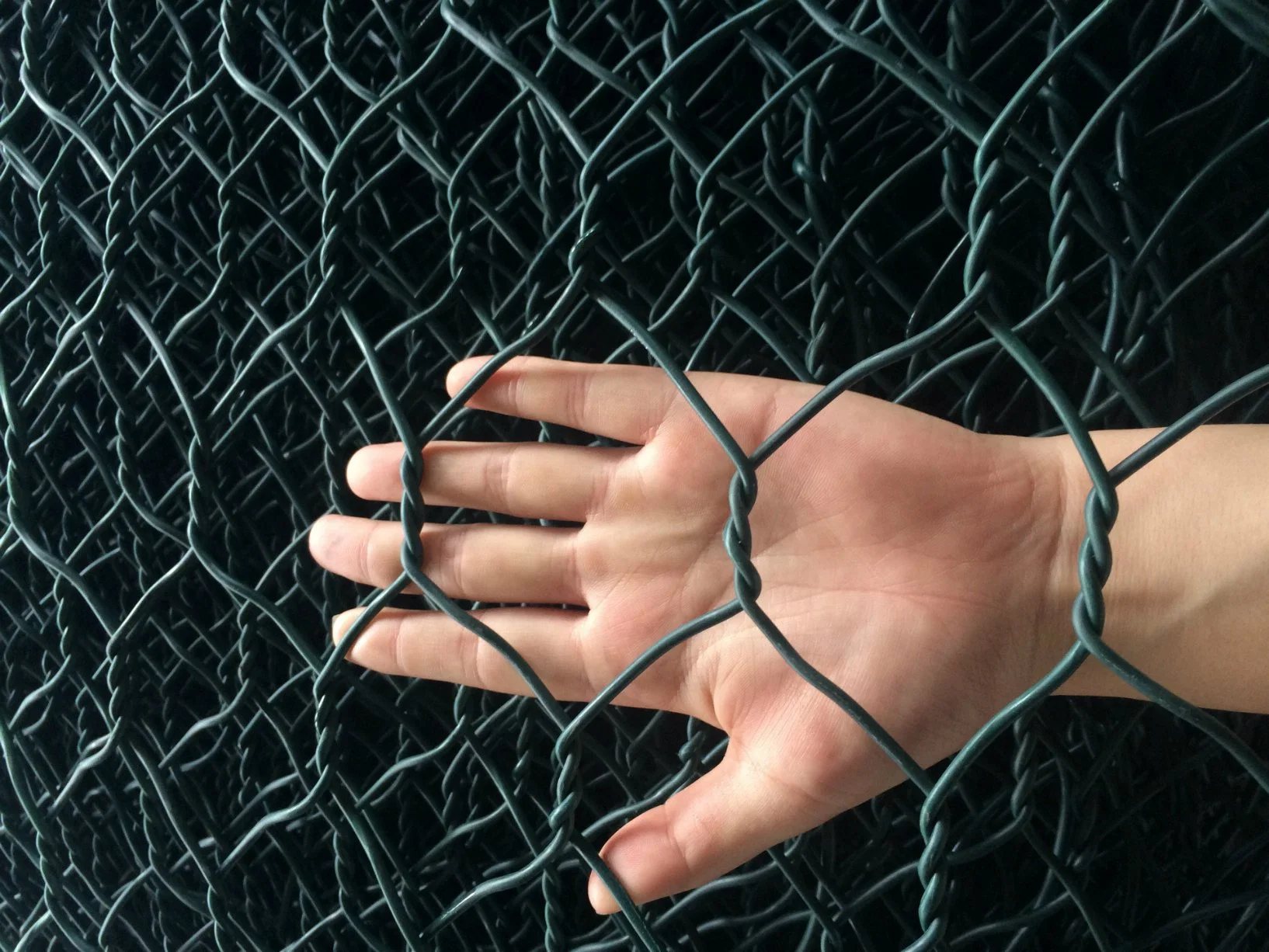Understanding Mine Sieving Mesh Essential for Efficient Mineral Processing
In the mining industry, the efficiency of ore processing and mineral extraction heavily relies on the quality and specification of the equipment used throughout the operation. One critical component that often goes unnoticed is the mine sieving mesh, an essential tool that plays a vital role in separating valuable minerals from unwanted materials. This article will delve into the importance of mine sieving mesh, its types, and applications in mineral processing.
The mine sieving mesh, also known as screening mesh or sieve, is a tool designed to separate particles based on size. It is typically made of metal wire, although other materials can also be utilized depending on the specific requirements of the operation. Different mesh sizes facilitate the sorting of various minerals efficiently, enabling mining operations to optimize their processing workflows and boost productivity.
One of the most significant factors to consider when selecting a sieving mesh is the aperture size—the openings in the mesh that determine what size particles can pass through. A properly sized mesh ensures that valuable ores are separated from gangue (waste materials), reducing the need for secondary processing. For instance, finer meshes are used for separating smaller particle sizes, while coarser meshes are appropriate for larger, bulkier materials. This careful consideration of mesh size directly affects the yield and quality of the final product.
mine sieving mesh

There are various types of sieving mesh utilized in mining, including woven wire mesh, perforated plate mesh, and synthetic mesh. Woven wire mesh is the most common type, made from interwoven metal wires creating a sturdy and durable screening surface. Perforated plate mesh consists of solid sheets of metal with punched holes, providing a more rigid structure suitable for heavier materials. Synthetic mesh, on the other hand, is made from plastic or other composite materials, making it lightweight and resistant to corrosion. Each type has its advantages and is selected based on the specific characteristics of the minerals being processed.
In addition to its role in separating minerals, mine sieving mesh also plays a part in maintaining equipment longevity and operational efficiency. By effectively separating materials, it reduces the wear and tear on machinery, leading to fewer breakdowns and maintenance needs. This, in turn, lowers operational costs and enhances productivity, which is critical in an industry where profit margins can be tight.
Moreover, the importance of fine and efficient sieving in mineral processing cannot be overstated. The quality of separation directly impacts the overall recovery rate of minerals from the ore. Advanced technologies and materials continue to improve the design and effectiveness of sieving mesh, ensuring that miners can maximize their output while minimizing waste.
In conclusion, mine sieving mesh is a fundamental aspect of the mineral processing industry. Its role in sorting and separating materials based on size cannot be overlooked, as it directly impacts efficiency, product quality, and operational costs. By choosing the right type and size of sieving mesh for specific applications, mining companies can significantly enhance their productivity and sustainability in the competitive market. Whether in the early stages of mineral processing or as part of a larger recovery operation, the right sieving mesh is crucial for success.
-
Trusted Expanded Metal Mesh For All Projects
NewsMay.08,2025
-
Stainless Steel Expanded Metal for Versatile Uses
NewsMay.08,2025
-
Reliable Steel Grating Choices
NewsMay.08,2025
-
Perforated Sheet Metal for Every Need
NewsMay.08,2025
-
Heavy Duty Expanded Metal Mesh for Robust Solutions
NewsMay.08,2025
-
Expanded Aluminum Metal for Versatile Applications
NewsMay.08,2025
Subscribe now!
Stay up to date with the latest on Fry Steeland industry news.

